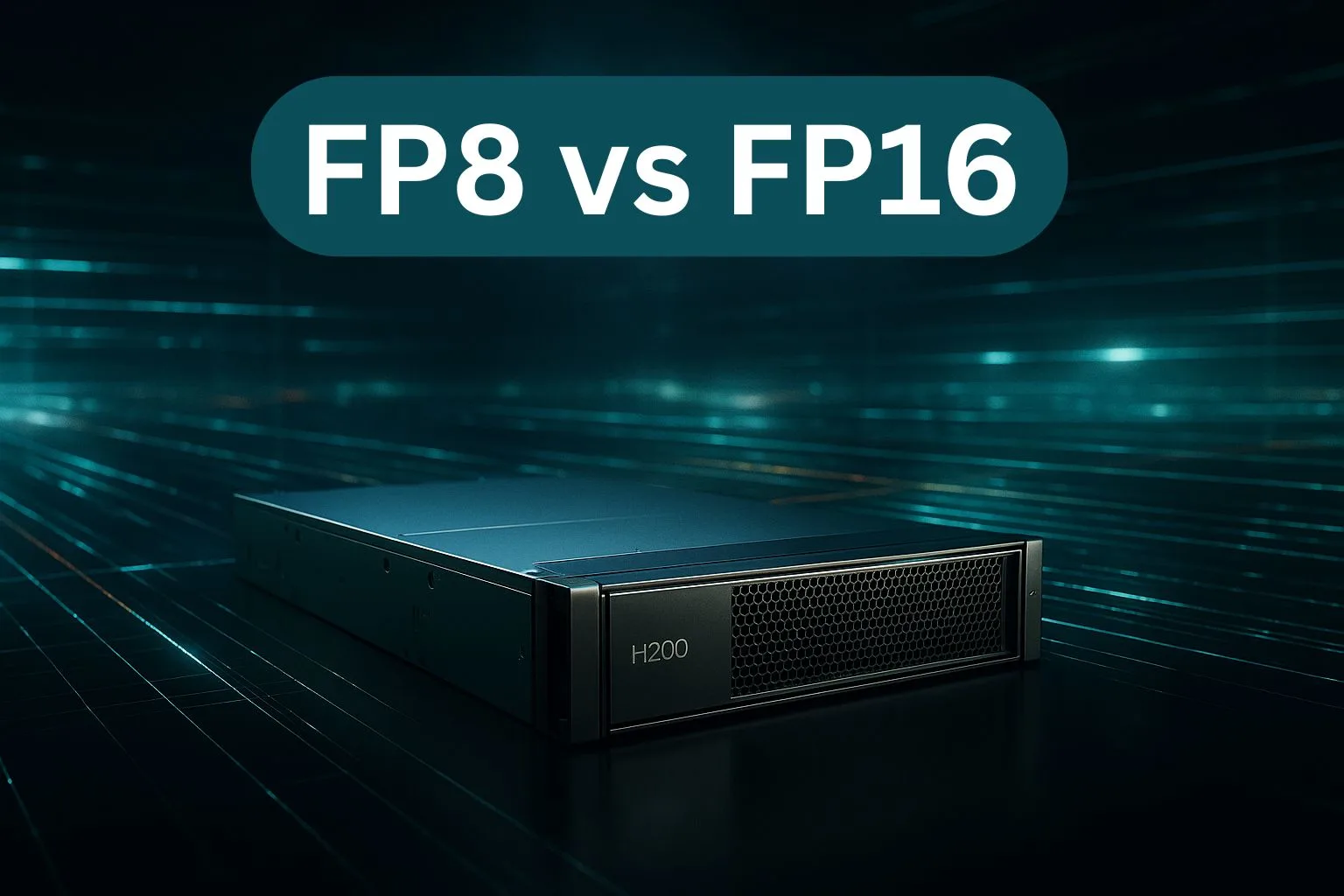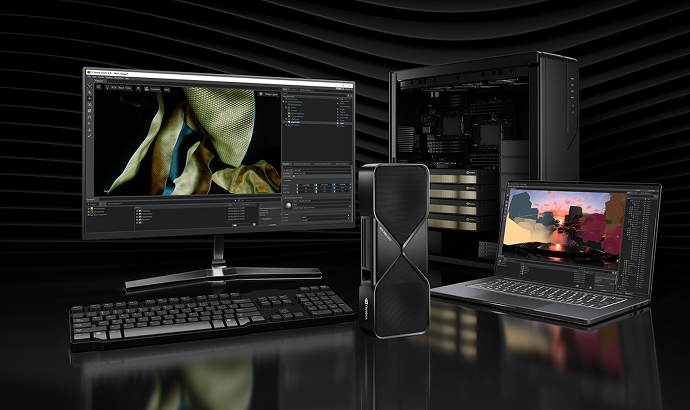

Writing About AI
Uvation
Reen Singh is an engineer and a technologist with a diverse background spanning software, hardware, aerospace, defense, and cybersecurity. As CTO at Uvation, he leverages his extensive experience to lead the company’s technological innovation and development.

Optimising NVIDIA H200 servers for AI workloads primarily involves three key areas: intelligent batch sizing, efficient use of mixed precision (specifically FP8/FP16), and diligent GPU memory monitoring and management. These elements are crucial for maximising throughput and ensuring the H200’s powerful capabilities are fully utilised, rather than underutilised due to suboptimal configurations.
Batch size optimisation is critical because it directly impacts throughput and memory consumption. While larger batches generally increase throughput by processing more inputs simultaneously, excessively large batches can lead to “memory thrashing” – where memory is repeatedly overwritten and reclaimed, reducing efficiency. For the LLaMA 13B model on an H200, the optimal batch size for maximum throughput without thrashing appears to be around 32. Beyond this point, performance gains flatten, and memory usage sharply increases.
Mixed precision, particularly the use of FP8, significantly benefits H200 server performance by reducing memory usage and enabling faster operations. FP8 (8-bit floating point) uses fewer bits than FP16 (16-bit floating point), leading to smaller model sizes (e.g., LLaMA 13B at ~15 GB in FP8 vs. ~26 GB in FP16). This reduction in memory footprint allows for larger batch sizes, supports larger context windows, reduces latency, and facilitates faster training and inference. The H200’s Gen 2 Transformer Engine is specifically designed to leverage FP8 workloads efficiently.
Poor GPU memory management on H200 servers can lead to several performance bottlenecks. If memory usage exceeds the GPU’s limits, the system can experience “thrashing,” which results in significantly reduced throughput, increased latency, and more frequent memory swaps. This undercuts the server’s efficiency and the return on investment in powerful hardware like the H200.
The H200 offers significantly more optimisation flexibility compared to its predecessor, the H100. It boasts a substantially larger memory capacity (141 GB vs. 80 GB) and higher memory bandwidth (5.2 TB/s vs. 3.35 TB/s). This allows for much larger optimal batch sizes (up to ~32–48 on H200 for LLaMA 13B compared to ~16 on H100) and features a more advanced Gen 2 FP8 support. These improvements mean that memory is less of a bottleneck on the H200, providing greater headroom for tuning models for speed, latency, and user concurrency.
Several tools are recommended for monitoring and optimising GPU memory on H200 servers. These include PyTorch’s torch.cuda.max_memory_allocated() function for quick memory checks, NVIDIA SMI for detailed GPU-level telemetry, and Triton Inference metrics for performance monitoring. Additionally, Uvation provides specialised observability dashboards that can map GPU usage directly to cost-per-inference, offering a comprehensive view for optimisation.
Meta’s LLaMA 13B model was chosen for benchmarking H200 optimisation because it serves as an excellent representative of real-world AI workloads. Its 13 billion parameters are sufficient to stress memory bandwidth and FP8 execution, while still fitting onto a single H200 GPU, thus avoiding the complexities of multi-GPU coordination. Furthermore, it supports both FP16 and FP8 precision, is freely available, and reflects common use cases such as RAG-based systems and domain-specific chatbots, making it highly relevant for performance analysis.
Uvation assists enterprises in maximising the potential of their H200 clusters by providing pre-optimised DGX-H200 clusters that come with best-in-class frameworks and observability tools. Their offering includes support for FP8/FP16 tuning across various frameworks, memory profiling dashboards to identify and resolve bottlenecks, and batch size optimisation playbooks. This comprehensive approach helps AI teams achieve peak efficiency, eliminate guesswork, and ensure maximum return on investment from their H200 infrastructure.
We are writing frequenly. Don’t miss that.

Unregistered User
It seems you are not registered on this platform. Sign up in order to submit a comment.
Sign up now